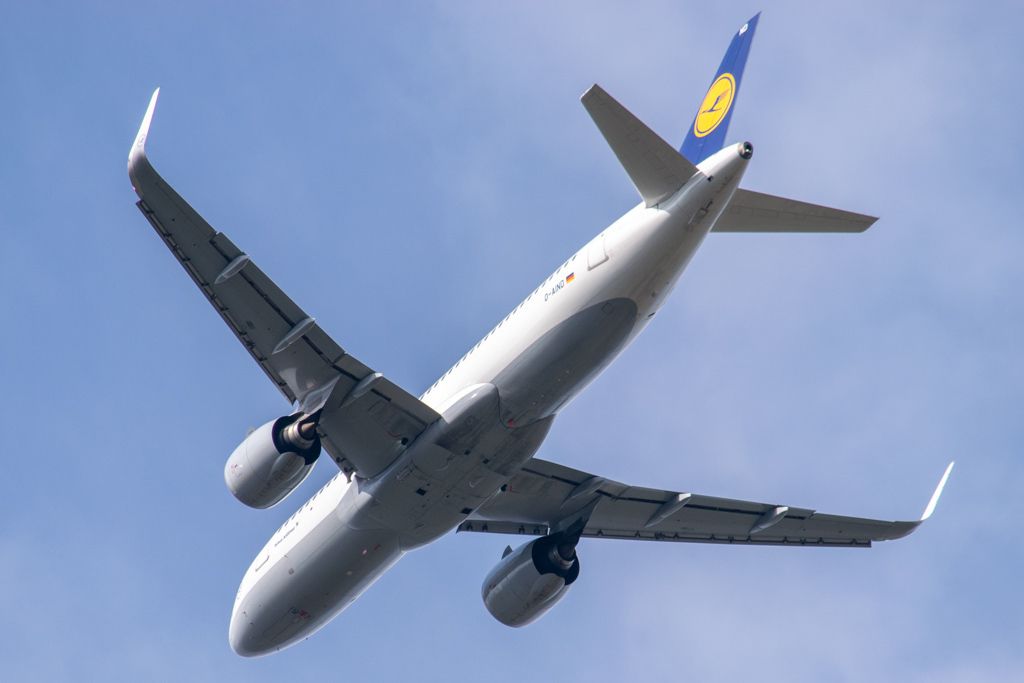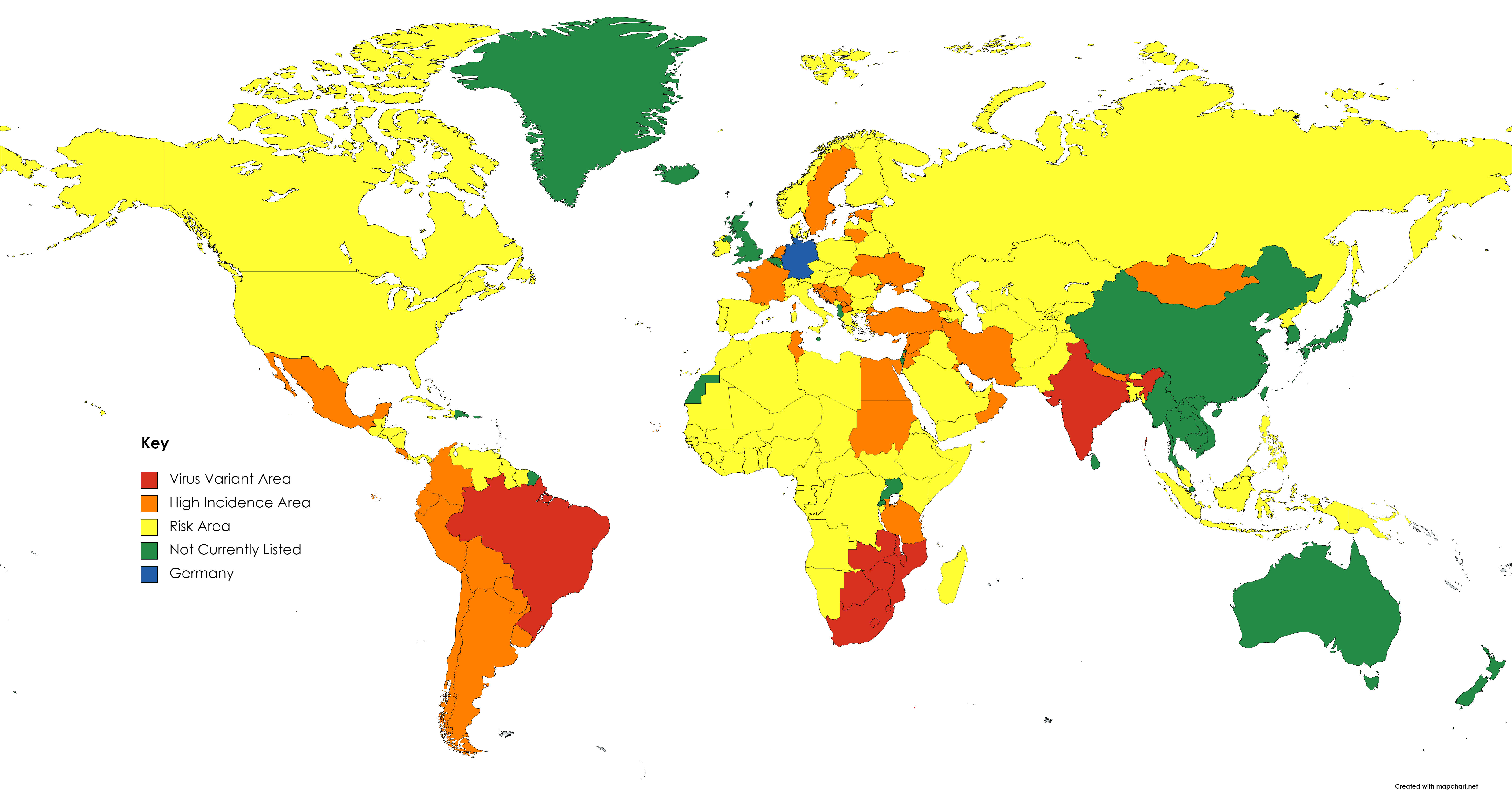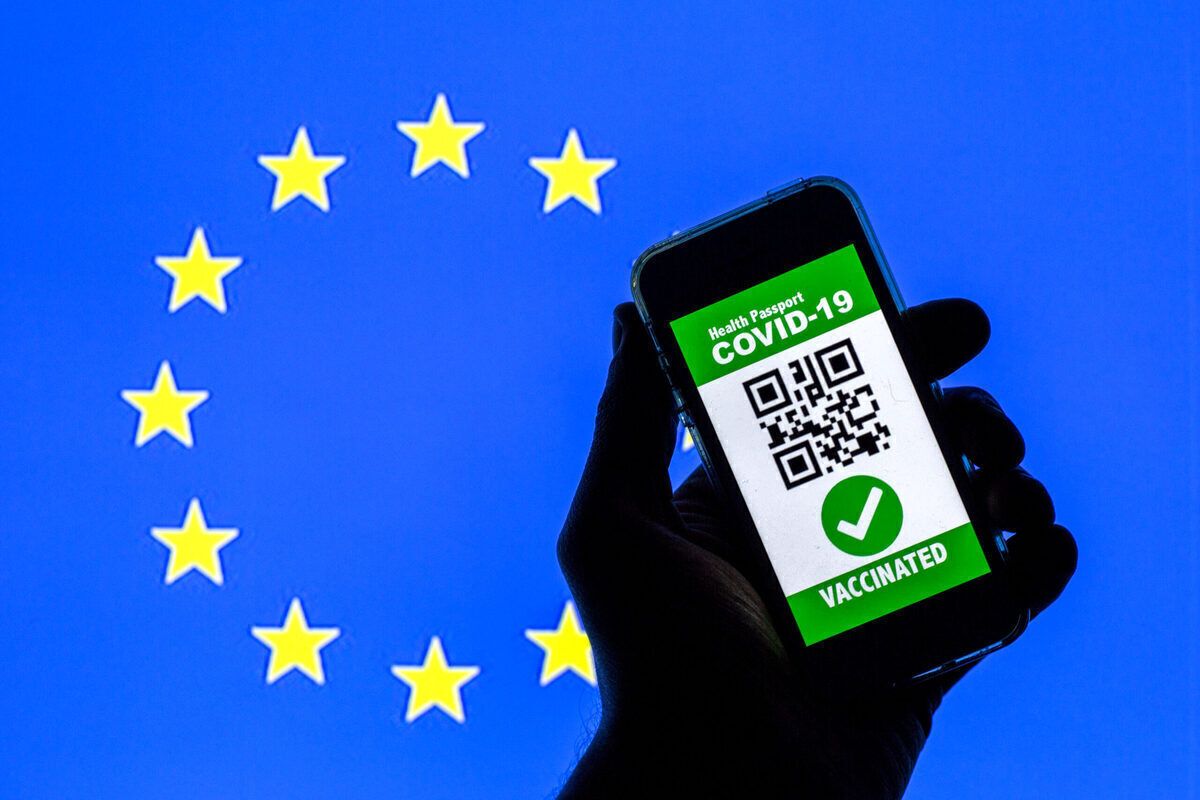Germany has removed the requirement to quarantine upon arrival from around 100 countries. The new rules mean that travel from many European holiday destinations and much of Africa will become much easier for many. Germany has a similar infection situation to many of the countries it lists as risk areas.
Around the world, small steps are gradually being taken by individual nations to reopen and allow something resembling a summer travel season. While parts of Germany remain in a reasonably strict lockdown, the country has taken a much more relaxed approach to international travel as it rides the tail of its third COVID-19 wave.
More quarantine free destinations
In Germany, the risk of travelers originating from each individual country is decided by the Robert Koch Institute (RKI). There are four categories of nation,
- Virus variant areas
- High incidence areas
- Risk areas
- Unlisted countries
The different areas have been reproduced on the map below. Note that the map is a general illustration and that status may differ from what is shown, for example, in countries where only part is classified as a risk area. (Click to enlarge)
Virus variant areas are thought to pose the worst risk of COVID-19 to Germany and thus have the most robust restrictions. Meanwhile, while travelers from countries not on the RKI's list still need a pre-departure COVID-19 test, these travelers don't need to quarantine.
Now, Germany is relaxing its restrictions even further, according to The Local in Germany. Those originating from risk areas will not need to quarantine if they have a negative test, are vaccinated, or have had a confirmed COVID-19 infection between 28 days and six months before travel. Roughly 100 countries are currently listed as risk areas. This compares to just 12 countries where quarantine travel to the UK will be permitted.
According to the publication, Germany's Health Minister Jens Spahn said that so-called risk countries have a similar infection situation as Germany, commenting,
“This could be a solution for parents who are possibly already vaccinated and want to travel with their (unvaccinated) children.”
What about other areas?
Previously, travelers from risk areas were required to quarantine for ten days upon arrival. This could be reduced to five days with a negative COVID-19 test (offered free to residents). This will still apply to those traveling from high incidence areas such as France and The Netherlands unless they are fully vaccinated or have recovered from COVID-19.
For passengers who have been in a Virus Variant area, no respite from quarantine is possible. All must quarantine for 14 days after arrival from such an area, regardless of test or vaccination status. It is impossible to reduce this period, and breaching the quarantine regulations can result in a fine of up to €25,000 ($30,195).
Virus variant areas are currently listed as,
- Botswana
- Brazil
- Eswatini
- India
- Lesotho
- Malawi
- Mozambique
- Zambia
- Zimbabwe
- South Africa
Stay informed: Sign up for our daily and weekly aviation news digests.
A route to reopening?
Much of the European Union is on the Risk list or unlisted, meaning that travel will be quarantine-free. These latest steps will be a partial return to freedom of movement within the European Union.
To facilitate this, Europe is looking to create a Green Pass health passport, which would prove a passenger meets the criteria to avoid quarantine. Although, for the time being, France and some other nations remain on the high incidence list, meaning that true freedom of movement will still not be possible.
What do you make of the removal of quarantine from risk areas? Let us know what you think and why in the comments below!



